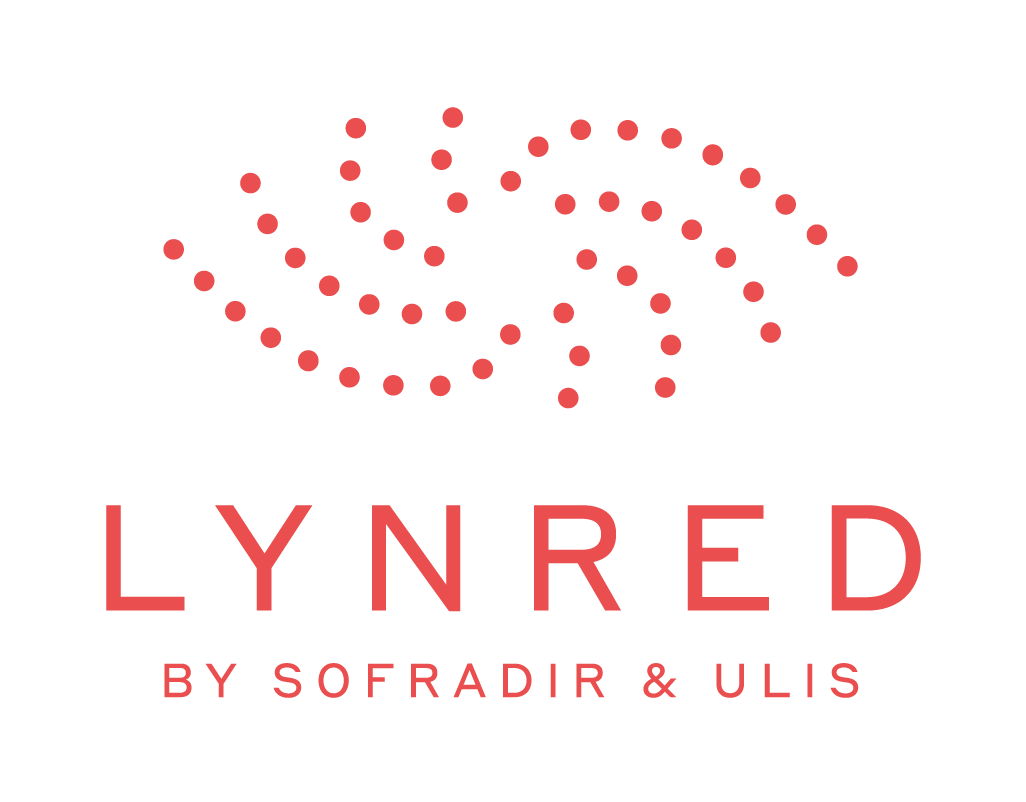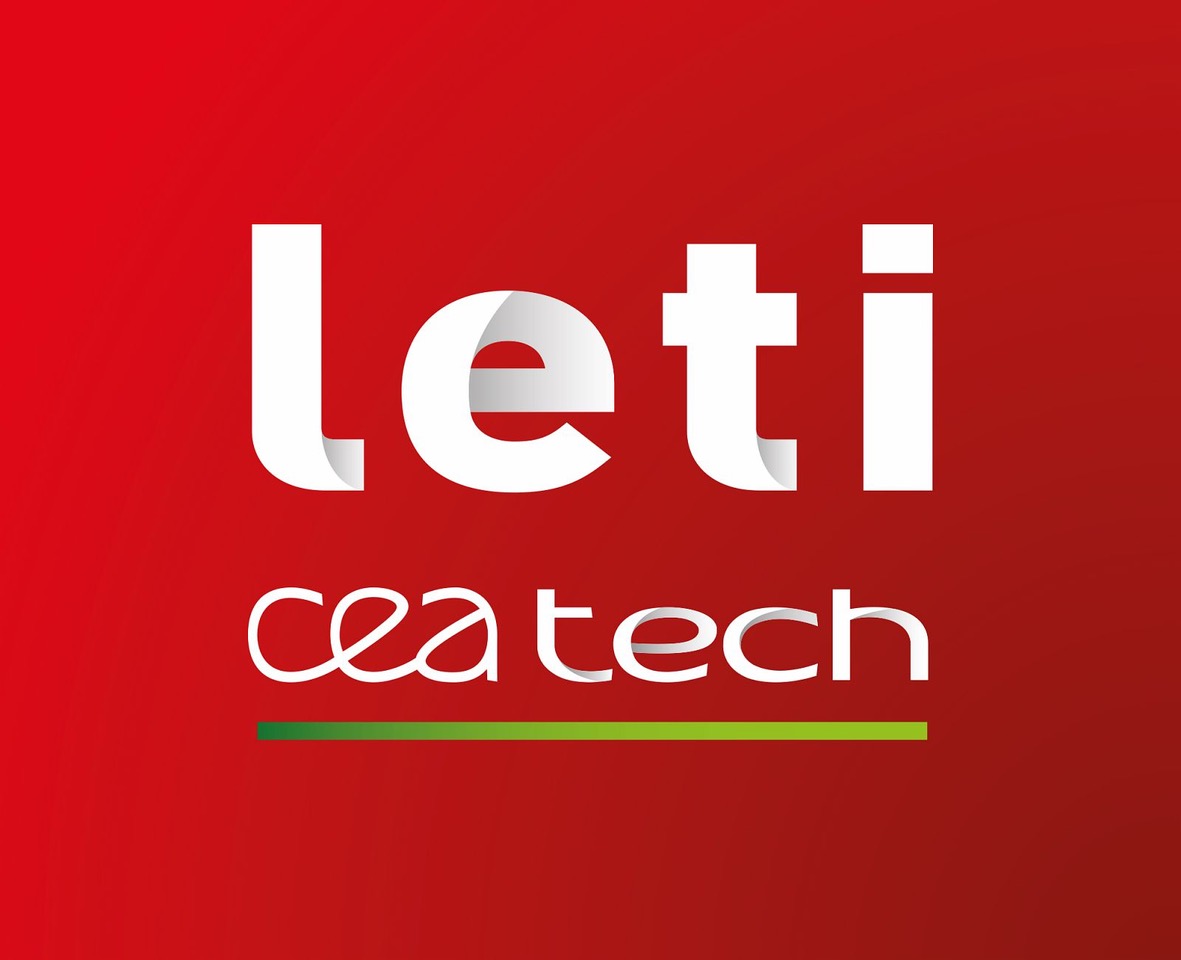Key elements for hybridization technology development of 2000×2000 pixels Infrared Focal Plane Arrays
on Tuesday, Aug 10, 2021
Paper presented in the 2021 IEEE 71st Electronic Components and Technology Conference Sessions
Abstract
Lynred develops infrared imaging sensors covering the entire infrared spectrum (SWIR, MWIR, LWIR, and VLWIR) through a variety of technologies including MCT. Today with the increasing demand for better spatial resolution we observe the emergence of very large arrays detectors with a very fine pitch. However, the hybridization of such fine pitch detectors onto a readout circuit represents one of the major limiting factors for the development of these detectors. Lynred has recently developed 2000x2000 pixels detectors down to 15µm and 10µm pitches, with successful and reproducible hybridization processes.
In this paper we describe the main barriers and solutions put in place in order to realize these detectors.
In the past few years, tremendous efforts have been devoted to enhance the accuracy of flip chip bonders for chip-to-chip and chip-to-wafer bonding. We can use either thermo-compression or low force reflow bonding for the 2000x2000 pixels FPA hybridization, even down to 10µm pitch. Both are subjects to parallelism constraints such as flatness and waviness. We will show typical dependency between accuracy for alignment and pitch/size. Since IR detectors typically operate at cryogenic temperatures, these operational conditions limit the choice of acceptable packaging materials. A widely utilized IR detector packaging material is indium, due to its good mechanical and electrical properties in a broad temperature range. We intend to discuss the temperature constraints and dynamics linked to the indium bump formation. Indium thermal evaporation combined with lift-off techniques is a privileged way to achieve high aspect ratios solder bump within high pixel density. Substrate temperature is known to have an effect on bump uniformity, but we found that the properties of the lithography resist are also key enablers for smaller pitches. The photosensitive resist must be able to sustain vacuum and cold while keeping stripping capability. Thermal and mechanical analysis of the resists in particular can enlighten the best candidates for lift off integration using cooled indium deposition. Finally, due to the size, flatness and warping become potential roadblocks and a finite elements model (FEM) has been developed to evaluate the mechanical constraints induced at every steps of the assembly. It includes bonding, underfilling and polishing steps. As IR detectors typically operate at cryogenic temperatures, the CTE difference between materials is a key element.
Keywords
- Infrared
- Indium bump
- flip-chip
- bonding
- modelling/simulations
- warpage
- cryogenics






